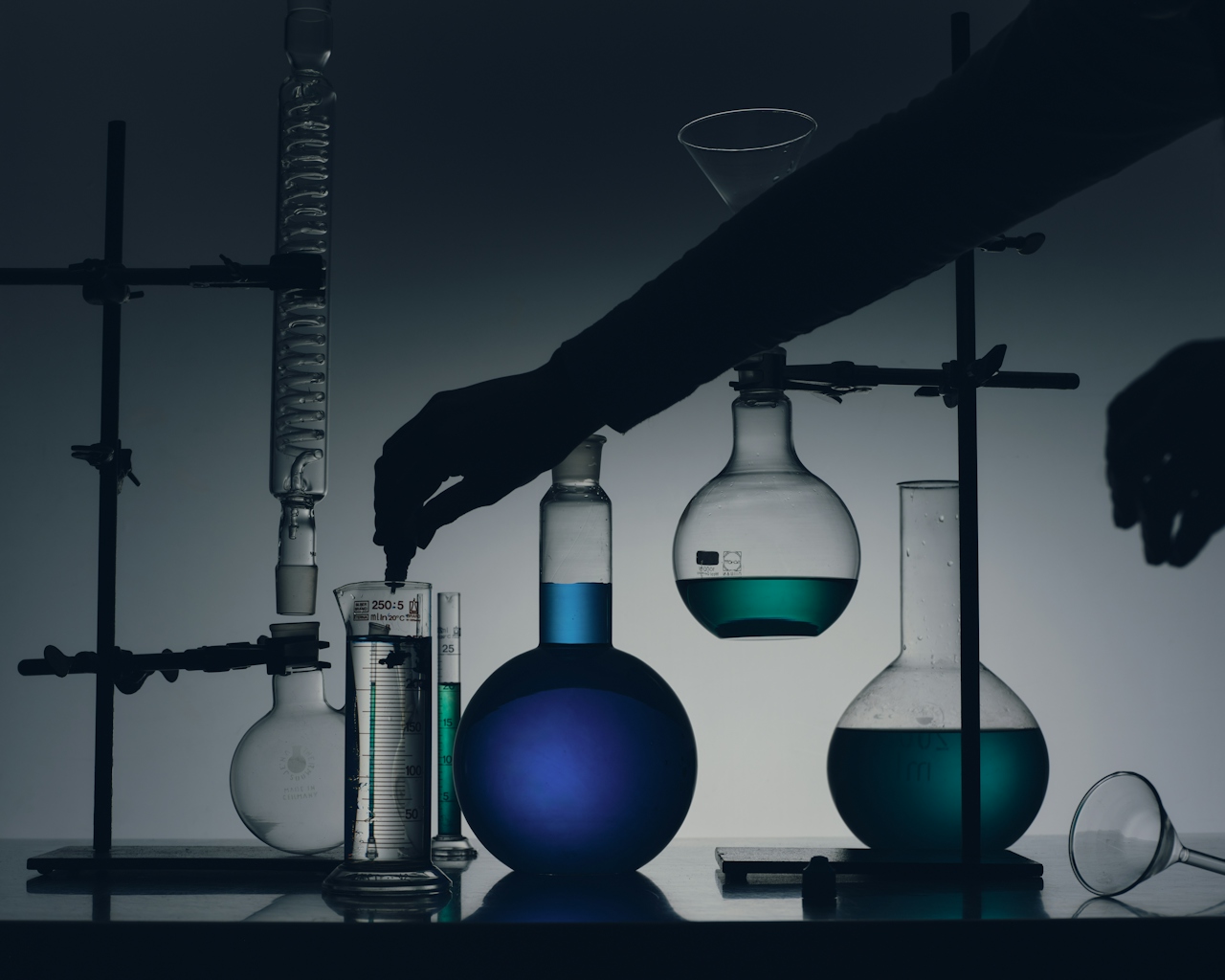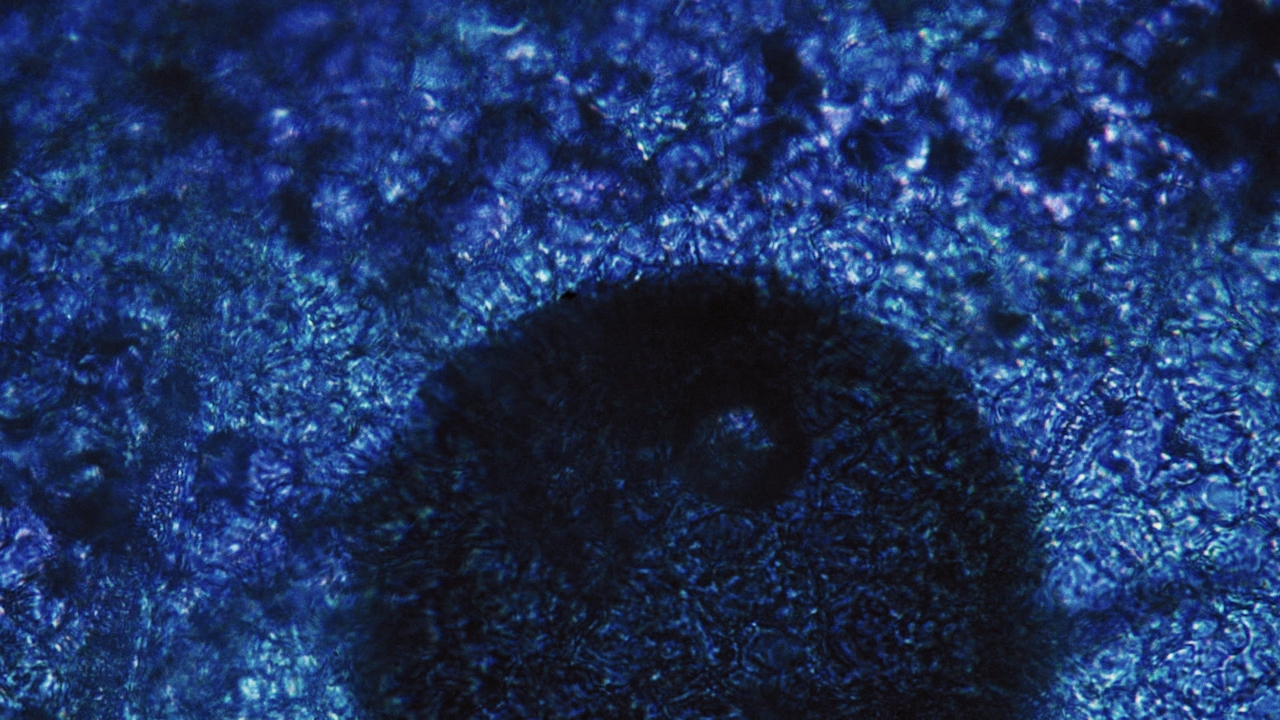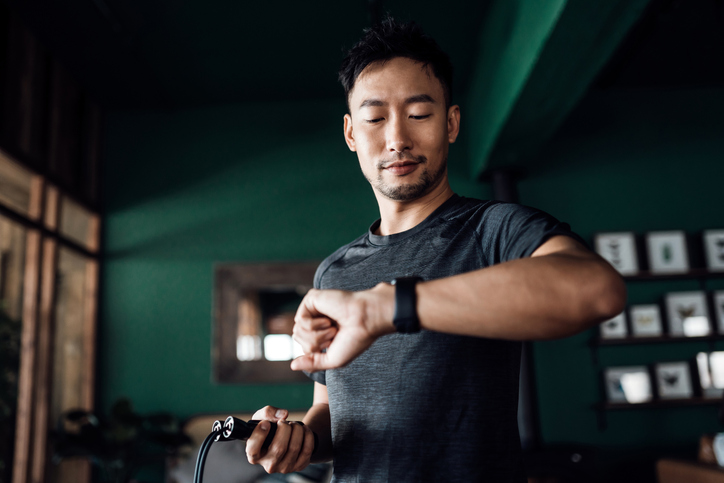Aging is inevitable. Losing your edge isn’t.
If you're a high-achieving man — founder, athlete, investor, father — you’ve spent years optimizing your performance. Dialing in your business. Your mindset. Your body. But what happens when, despite everything, you wake up and something’s... off?
You’re training hard, but you’re not recovering. You’re putting in the hours, but you’re foggy. Your drive — in the gym, the boardroom, or the bedroom — just isn’t what it used to be.
There’s a word for this: testosterone deficiency. And if you don’t catch it early, it can cost you more than just your gains.
This is your complete guide to identifying low testosterone symptoms before they derail your momentum — and exactly what to do about it.
What Is Low Testosterone?
Testosterone is the primary male sex hormone — but let’s not reduce it to libido. It governs muscle growth, fat metabolism, bone density, mood regulation, cognitive sharpness, and energy production. It’s the biochemical foundation of strength, clarity, and drive.
Low testosterone (a.k.a. hypogonadism) occurs when your body doesn’t produce enough of this critical hormone. And it’s more common — and more dangerous — than most men realize.
According to the Cleveland Clinic, testosterone levels naturally decline about 1% per year after age 30. But chronic stress, poor sleep, environmental toxins, and modern overdrive are accelerating the drop.
For high performers, the consequences of low T hit harder and faster.
Normal Testosterone Levels by Age
Testosterone is typically measured in nanograms per deciliter (ng/dL). Here's what the normal ranges look like:
Age Range Average Total Testosterone (ng/dL)
20–29 300–1,000
30–39 250–950
40–49 200–900
50+ 170–850
Optimal, not "normal," is the key. Most labs will tell you 300 ng/dL is “fine.” But at that level, you’ll feel off — no matter what the chart says.
When Testosterone Becomes "Low"
Clinically, testosterone is considered low when levels fall below 300 ng/dL. But for high-performance men, symptoms often appear even when labs still say you’re "in range."
That’s why we treat the individual, not just the numbers.
15 Most Common Low Testosterone Symptoms
You don’t need a PhD to know something’s wrong. Your body will tell you — if you know how to listen. Here are the most frequent low T symptoms, broken down into physical, mental, and sexual categories.
Physical Symptoms
1. Fatigue and Low Energy
Dragging through your day despite good sleep? Testosterone plays a key role in mitochondrial function — the engines that fuel your body. When it drops, so does your power output.
2. Decreased Muscle Mass
Even with training, you notice softer arms, flatter chest, slower gains. Low T stalls protein synthesis and muscle retention.
3. Increased Body Fat
Especially around the midsection. Testosterone helps regulate fat metabolism. When it declines, belly fat creeps in.
4. Reduced Strength
You’re lifting, but your numbers won’t budge. That “snap” you once had? Gone.
5. Hair Loss
Not just your hairline. You may notice thinning on your arms, legs, or body — a telltale sign of hormonal imbalance.
Mental and Emotional Symptoms
6. Depression and Mood Swings
Low testosterone affects serotonin and dopamine — the chemicals that govern joy, motivation, and emotional stability.
7. Decreased Motivation
That relentless fire you’ve always had starts to flicker. You might still hit your deadlines — but you’re white-knuckling it.
8. Brain Fog
Losing your train of thought mid-meeting? Struggling to find words? Testosterone plays a major role in cognitive clarity.
9. Irritability
Snapping at your kids or your team more than usual? This isn't just stress — it’s biochemical volatility.
Sexual Symptoms
10. Low Libido
This one’s obvious. But it’s not just about desire — it’s about the confidence and assertiveness tied to that drive.
11. Erectile Dysfunction
Testosterone influences blood flow and nitric oxide production. Low levels can sabotage both.
12. Reduced Sexual Performance
Even if you’re functional, performance may feel... diminished. Less intensity. Less endurance. Less satisfaction.
Symptoms That Affect High-Performers Specifically
Now let’s talk about the subtle — but career-threatening — signs of low T in elite men.
13. Executive Function Decline
Decision-making gets slower. You hesitate more. You second-guess what used to be instinctual. That’s a cognitive issue — and testosterone is behind it.
14. Reduced Competitive Drive
The "kill switch" that fueled your rise? It softens. You start playing defense instead of offense.
15. Decreased Risk-Taking Ability
Whether you’re passing on a big deal or playing it safe in life, testosterone influences courage. Without it, boldness fades.
When to Seek Treatment
If you're reading this and checking boxes, it’s time for a reality check.
Symptom Severity Assessment
If you're experiencing 3 or more of the above symptoms — especially fatigue, brain fog, or sexual performance decline — it’s time to get tested.
Impact on Professional Performance
You don’t need to crash to course-correct. The best time to act is before your edge erodes — when you first feel it slipping.
Treatment Options Available
Let’s get one thing clear: you don’t have to suffer. Modern testosterone optimization is safer, smarter, and more effective than ever.
Testosterone Replacement Therapy (TRT)
At Precision EXO, TRT isn’t just a number game. Our concierge TRT programs are:
- Physician-supervised
- Tailored to your biology and lifestyle
- Designed to optimize total health, not just testosterone
You’ll work with real doctors — not an algorithm — to dial in dosage, delivery method, and follow-up labs.
➡️ Learn more about our TRT protocols →
Lifestyle Modifications
TRT isn’t magic without habits. To support your results:
- Lift heavy, train hard (with proper recovery)
- Sleep 7–8 hours minimum
- Cut endocrine disruptors (plastics, seed oils, excess alcohol)
- Manage stress through breathwork, cold therapy, or coaching
Natural vs. Medical Interventions
Supplements and herbs (e.g. Tongkat Ali, Ashwagandha, DHEA) can help in mild cases — but they’re not a substitute for real hormonal intervention if levels are clinically low.
Think of them as support tools — not primary therapy.
The Precision EXO Difference
We don’t push pills. We don’t do cookie-cutter programs. And we definitely don’t waste your time.
Here's what we do:
Offer white-glove, in-home care for elite men
Use clinically-verified therapies (including FDA-authorized biologics)
Treat the full system: energy, recovery, cognition, hormones
Protect your privacy, time, and performance
Your health is non-negotiable. Neither is your edge.
Ready to Get Your Edge Back?
Don’t wait until the symptoms stack up. The sooner you act, the faster you recover — and the higher you perform.
🗓️ Schedule your complimentary consultation now
Speak directly with a Precision EXO medical expert — no sales pitch, just answers.





